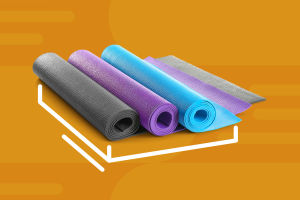The process of wearing clothes is bound to result in stains and dirt. If not changed, dirty clothes not only affect the appearance of clothing but also reduce the elasticity, breathability, warmth, and fastness of clothing.
The decomposition of dirt can produce harmful ingredients for the human body and provide conditions for bacteria and microorganisms to reproduce, endangering human health.
There are two types of dirt: body dirt, which includes body and skin secretion metabolites and excretions, such as sweat, and external dirt, such as sand, ink, oil, and other substances from people's living and working environment and various activities.
Dirt can be broadly classified into three categories: water-soluble dirt, oil-soluble dirt, and solid particle dirt. These dirt particles often adhere to garments in a mixed state, with the most difficult to remove being oil-based dirt.
Garments with dirt must be cleaned, and the way they are washed will vary depending on the fabric. In fact, different clothes have their own optimal cleaning cycle, and washing them too often or not washing them in time can bring health risks.
For newly bought clothes, it is best to wash them separately from other clothes, regardless of the brand, to prevent fading. Washing faded clothes is easy; soak the clothes in 5% salt-warm water for half an hour before washing.
For bright-colored clothes, add a small amount of peppermint varnish (available instead of flower lotion) and soak for 10 minutes when rinsing, dehydrate for 2-3 minutes, and dry at low temperature.
Black clothes can be washed by adding some strong tea, or coffee to the rinsing water, making them shine as before.
White clothes should be washed separately. To make them whiter, put 3-5 drops of pure blue ink in the water after rinsing, stir well, and then dip the clothes in for 2 minutes before drying.
For hard collar shirts made of linen and resin cloth, soak them in laundry detergent solution for 15 minutes, then gently brush with a soft brush without wringing or rubbing them too hard.
For overly dirty clothes, avoid increasing the amount of detergent but instead increase the number of washings. Viscose fiber fabrics have a high shrinkage rate and low wet strength, so they should be washed with a dip instead of a long time soak.
Viscose fiber fabrics harden when they come into contact with water, so washing them should be light to prevent piling or cracking.
When washing clothes, it is best to use neutral or low-alkali detergent. The washing liquid temperature should not exceed 45 C. After washing, fold the clothes and squeeze out the water without twisting them.
After washing, avoid exposure to the sun and dry them in a cool or ventilated place.
Leather clothing cannot be directly immersed in water for washing. Instead, use a soft cloth or soft brush dipped in water to wipe away the dirt on the leather surface.
After shade drying, apply a layer of paraffin wax, and then wipe it well with a soft cloth. For chemical fiber clothing, it is best to lay them flat instead of hanging them in the cabinet for a long time to prevent them from drooping and elongating.
If the fabric is blended with natural fibers, put a small number of camphor balls (but not directly in contact with the clothes).
Cleaning clothes is an essential task that requires knowledge of different washing methods for various fabrics. Wearing clean clothes not only improves our appearance but also protects our health by removing harmful dirt particles from our clothing.


